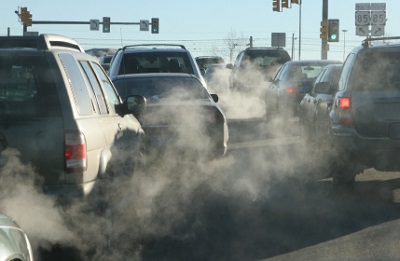Past research has highlighted the potential harm air pollution does to a pregnancy, and a new study conducted in China adds to this mounting evidence.
The JAMA-published study of over 1.3 million live births in China found a link between air pollution and women giving birth before 37 weeks of pregnancy.
The authors examined how exposure to airborne particles with a median diameter of 1 μm or less (one-thousandth of a millimetre) correlates with premature birth. These particles are known as PM1.
Cars and coal-fuelled power plants are some of the sources of these particles.
Previous research on this subject only looked at particles with diameters of 2.5 μm. However, these smaller PM1 are capable of travelling down into the lung's aveoli (basic units of ventilation).
Once in the lungs, these small particles can cause harm that may 'contribute' to preterm birth, the authors wrote.
The findings of the study certainly support the link between the two factors.
An increase in levels of PM1 levels by just 10 micrograms per cubic metre was associated with a 9 percent increase in the risk of premature birth.
When that concentration rose to 52μg/ m 3 or higher, the risk of preterm birth increased to a staggering 36 percent.
To put that into perspective, mean PM1 concentration in Australia is 16 μg/m3 and in Milan it is 16.4 μg/m3 . In the study, the median exposure women had to PM1 during their pregnancy was 46.0 μg/m3 .
The implications of this study are disturbing considering that preterm birth is not only the leading cause of death for children under five, but it also leaves kids with life-long health consequences.
The authors called upon public policymakers to prioritise safeguarding women against these harmful particles.







